Description
Scarlet Macaw Price
The scarlet macaw (Ara macao ) is a large, strikingly colorful parrot native to Central and South America, known for its vibrant plumage and intelligence. Here are some key points about scarlet macaws:
Physical Characteristics
- Appearance: Scarlet macaws are easily recognizable due to their bright red feathers, which cover most of their bodies. They have yellow and blue plumage on their wings and green feathers on their tails.
- Size: Adult scarlet macaws typically measure about 33 inches (84 cm) in length, including their long tails, and can weigh between 2 to 4 pounds (1 to 2 kg).
- Beak: They have large, powerful beaks that are curved, which are used for cracking nuts and seeds.
Habitat
- Natural Range: Scarlet macaws are found primarily in tropical rainforests, but they can also inhabit savannas and woodland areas. They are native to regions from southern Mexico to South America, including parts of Brazil, Peru, and Ecuador.
- Nesting: They usually nest in tree cavities of tall trees, where they raise their young.
Behavior
- Social Structure: Scarlet macaws are highly social birds that often live in groups or pairs. They communicate using a variety of vocalizations, including squawks and whistles.
- Feeding Habits: Their diet mainly consists of fruits, nuts, seeds, and berries. They play a crucial role in their ecosystem as seed dispersers.
Reproduction
- Breeding: Scarlet macaws typically breed once a year, laying a clutch of 1 to 3 eggs. Both parents share the responsibility of incubating the eggs and caring for the chicks.
- Development: The chicks are altricial, meaning they are born helpless and dependent on their parents for food and protection.
Conservation Status
- Threats: Scarlet macaws are threatened by habitat destruction due to logging and agriculture, as well as illegal trapping for the pet trade. They are classified as “Near Threatened” by the International Union for Conservation of Nature (IUCN).
- Conservation Efforts: Various conservation programs are underway to protect their habitats and reduce poaching.
Cultural Significance
- Symbolism: In many cultures, scarlet macaws are seen as symbols of beauty and freedom. They often appear in art and folklore, particularly in indigenous cultures of Central and South America.
Conclusion
The scarlet macaw is a magnificent bird known for its vibrant colors and engaging personality. Its ecological role as a seed disperser and its social nature make it a captivating species worthy of protection. Ensuring the conservation of scarlet macaws involves both habitat preservation and addressing the challenges posed by illegal trade.







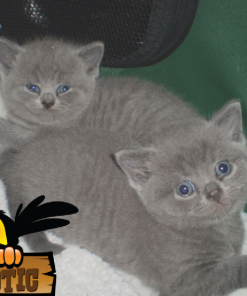
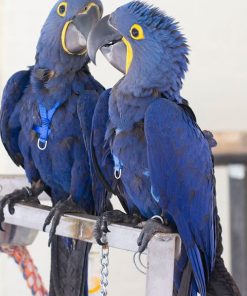
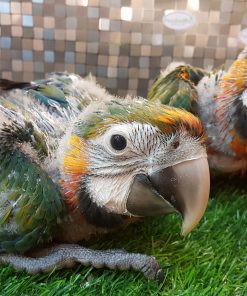
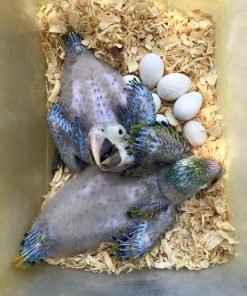


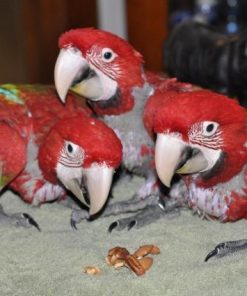
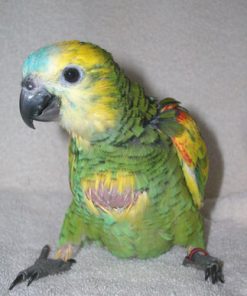
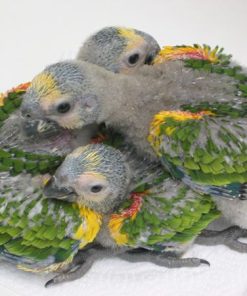
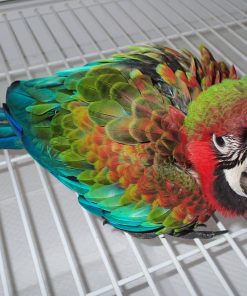
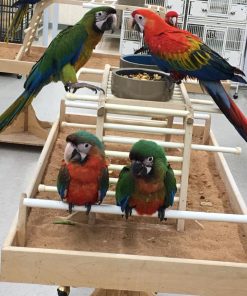
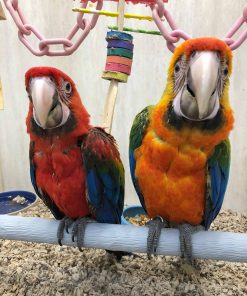
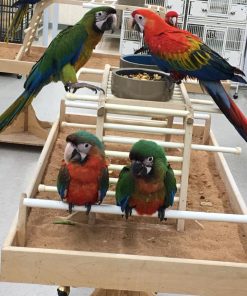
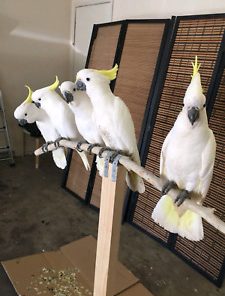

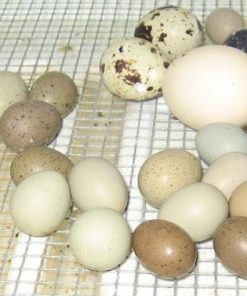
Reviews
Clear filtersThere are no reviews yet.